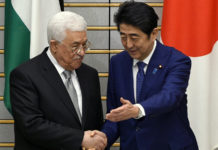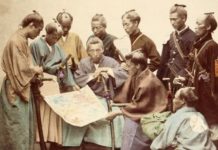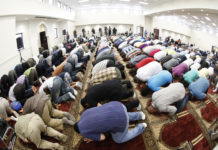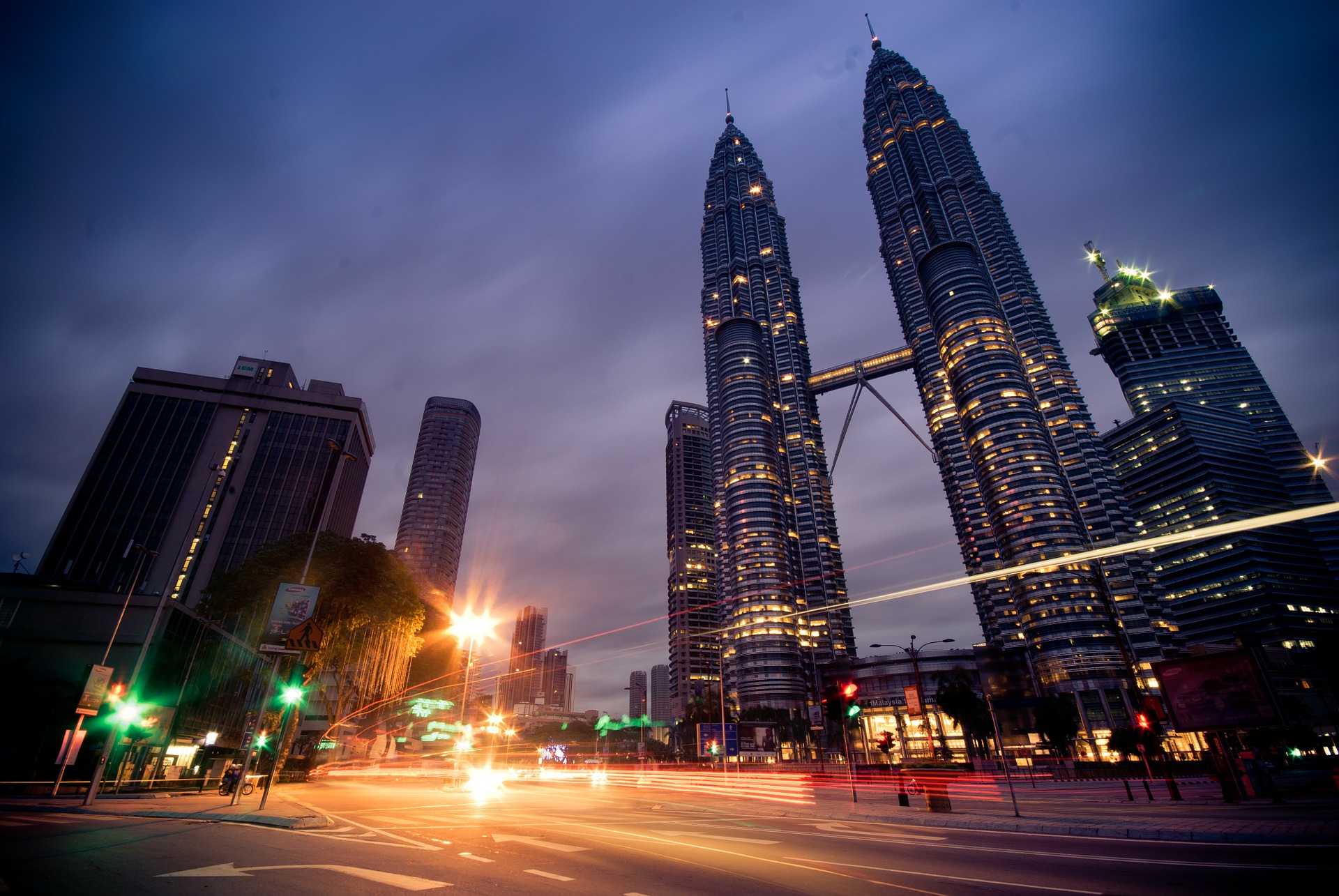Post 9/11, Islamophobia started taking deeper roots and its echoes are reverberating throughout the world in different forms. Recent attacks by the ISIS resulted in an increased hatred against Islam and the Muslims. The forces opposed to Islam and the ones who are unnecessarily concerned with the spread of Islam leave no stone unturned to vilify the beliefs, ideologies, thoughts and the practices associated with Islam. They are getting more vociferous in their argument that Islam spread in different parts of the world by the force of the sword and what the terror outfits are doing now is the continuation of such means to Islamize the entire world. The Muslim scholars and writers argue back and present evidences from the religious teachings and the texts to refute such charges. Unfortunately, not much of emphasis or focus has yet been laid on historical facts or historical events to educate the new generations as to how Islam spread in different parts of the world.
The scholars have also ignored the Indo-Malay region insofar as the history of Islam or its spread is concerned. Arguably, Indonesia and the Malay region could be the starting point to put at rest all of the allegations about the use of force or terror or invasions for spreading or propagating Islam once and for good. Indonesia is the fourth largest country in terms of population, just next to the United States of America and of course, a great economic and political force to reckon with. Malaysia, although, much more diverse in terms of ethnicity than Indonesia today, too has a predominantly Muslim population and the peninsula progressed embracing the best of both worlds. A brief historical background is important to understand the political structure and the religious beliefs that existed in the Indo Malay region in the medieval period. Although, the history of the region is sketchy and at times hazy, but, there are no major issues or contradictions as far as information related to the kingdoms and empires that existed between the eighth and the sixteenth century is concerned. Certainly, as it happened with other nations and regions, one would counter contradictions and controversies when one delves deeper into the finer details vis-à-vis governance, palace intrigues, betrayals, conspiracies, familial affairs of the kings, traditions, rituals, folk lore, etc. However, for the sake of broader understanding of the dynasties and empires that held the power as well as the manner in which Islam spread in the region, the information is mostly clear and undisputed.
The historical accounts which are available today indicate that different parts of the beautiful archipelago of over 13,000 islands spread across Sumatra, Java and other regions were ruled by or under the dominion of several Hindu and Buddhist dynasties in the medieval period, viz., between the seventh and the fourteenth century. The beginning of the fifteenth century witnessed the rise of Muslim Sultanates in the region. Probably, one could sketch the first part of the medieval history of the Indo-Malay region by starting from the once formidable Srivijaya dynasty which was founded sometime in the seventh century and ending it, albeit in a different form, with the decline of the once very powerful Malacca Sultanate in the early sixteenth century after its defeat by the Portuguese navy in 1511 AD. Quite interestingly, the Malacca Sultanate rulers were the direct descendant of the Srivijaya dynasty which had ruled not only the entire Sumatra region, but also had political and military influence over the Java Islands. In 1292 AD, Srivijaya empire which had weakened due to incursions by Chola kingdom of the South India, was toppled by the expansionist regime of the Singahsari dynasty of the Java Island under the kingship of Kertanegara. One of the fleeing princes of Srivijaya dynasty formed Singapura over the land which is now Singapore in 1323 AD and developed it as an important trading center and port. It ruled for three quarters of fourteenth century and it was then forced out of power in 1400 AD by the Majapahit Kingdom which was founded in 1293 AD by one of the Singhasari princes with the help of the Mongols. Akin to what his ancestors had done in the late thirteenth century, the last reigning king of the Singapura empire, Parameswara , who later adopted the title Iskander Shah fled to the West Malaya coast and established a provinciality in 1299 AD which came to be known as the famous Malacca Sultanate. On the lines of the Singapura, the founder shaped Malacca as a trade center which progressed and flourished under the successive Sultans who successfully thwarted many invasions including the attacks by the Siamese. In the meantime, due to internal fighting and squabbles, the power and influence of Majapahit empire declined and it surrendered many parts to the Malacca Sultanate during the period of its fifth ruler, Muzaffer Shah, in the middle of the fifteenth century. The fall of Majapahit dynasty also paved the way for the Demak Sultanate which was founded by Raden Patah, a direct descendant of a royal in the Majapahit Dynasty to disown its allegiance to Majapahit empire in the early sixteenth century.
The Portuguese started eyeing the spice trade in the early fifteenth century and upon failure to establish trade, they sent naval troops stationed in Goa to Malacca and in 1511 AD, Malacca Sultanate failed to resist the Portuguese forces and it crumbled. After the decline of the Malacca Sultanate in the sixteenth century, different attempts were made by the local chiefdoms and princes with the support of the Portuguese forces to consolidate their power and the region was by and large mired in the internal fighting. Even the Portuguese failed to take full control of the region and they were engaged in constant rivalry with the Dutch forces which had started building up their trade and military base. Later in 1800 AD, major parts of the archipelago became Dutch colony and later came under occupation briefly by the Japanese forces during the world war II. After the World War II, the Indonesians launched the Independence movement and got freedom in 1949.
While the Srivijaya monarchs were all Buddhist, the Singhasari kings followed the mystical syncretism of Hinduism and Buddhism which was also the practice of most of the Majapahit kings. On the other hand, the kings of the Singapura empire who hailed from the erstwhile Srivijaya dynasty continued to follow Buddhism until one of its descendants, Mohammed Shah, the third King of Malacca Sultanate officially adopted Islam in 1423 AD. In short, the Indo-Malay area was mostly ruled by the Buddhist and Hindu rulers directly or in the form of principalities until the middle of the fifteenth century. Later, the Muslims gained control of the major areas of the region. However, the key point to note in this respect is that the Muslim Sultanates which came into being were all founded by the natives and none of the rulers were foreign invaders or intruders like in the case of the Indian subcontinent. It is also important to understand that, much prior to the founding of the Malacca Sultanate in the early fifteenth century and the Demak Sultanate in the late fifteenth century, which must have lent royal support to the religion, Islamic communities had started establishing themselves not only in the Sumatra and Java Islands, but in the entire south east Asian regions from as early as the tenth century and several physical evidences including Muslim graves establish this fact very emphatically. As was the norm and means of trade during the medieval period and even prior to the advent of Islam, the Arab, the Indian and the Chinese merchants were engaged in trade throughout the region for the spices and other products it offered. Although, Islam seem to have spread faster after the collapse of the Majapahit Dynasty, yet, there is no evidence of use of force to spread the religion mostly on account of propagation by the Sufis and other preachers. At the same time, we also need to appreciate the fact that there was great amount of tolerance by the Buddhist and Hindu kingdoms and they did not stop or disallow the practice or propagation of Islam there.
Merle Calvin Ricklefs, who is a well-known contemporary scholar of history and current affairs of Indonesia in his book, “A History of Modern Indonesia, c.1200” has identified two overlapping processes by which the Islamization of Indonesia occurred: “On the one hand, the indigenous Indonesians came into contact with Islam and made an act of conversion. On the other, foreign Asians (Arabs, Indians, Chinese, and so on) who were already Muslims settled permanently in an Indonesian area, intermarried and adopted the local lifestyles to such a degree that in effect they became Javanese or Malay or Sumatran. These two processes may often have occurred in conjunction with each other and when a piece of evidence survives indicating, for instance, that a Muslim dynasty had been established in some area, it is often impossible to know which of these two processes was more important”. This assertion clearly and conclusively demonstrates that Islam did not spread on the back of force, terror or invasions. Ricklef also mentions in his book about the Venetian traveler, Marco Polo, who had visited Sumatra on his way home from China in 1292 AD, that he had found Perlak to be a Muslim town, while two nearby places which he called ‘Basma(n)’ and ‘Samara’ were not. The Moroccan traveler, Ibn Battuta, passed through Samudra on his way to and from China in 1345 and 1346, and he found that the ruler was a follower of the Shafi School. Tome Pires, a Polish traveler from Lisbon, who visited the region between 1512 and 1515 AD after the Portuguese had laid their base there reported that Brunei had a king who had recently become a Muslim while the rest of Kalimantan was non-Muslim, as were also the islands of Madura, Bali, Lombok, Sumbawa, Flores, Solor and Timor to the east of Java – The Bugis and Makasarese of South Sulawesi (Celebes) were also not yet Islamized. Therefore, one can safely conclude that these non Islamic states must all have adopted Islam in the later centuries during the Dutch colonialism and hence there was absolutely no question of the use of force or influence of power to convert. It is also difficult to accept the proposition that Islam spread only after the visits of Sufis from India as the historical accounts refer to arrival of one such Sufi, Nuruddin Ar raniri from Surat in India in the middle of the seventeenth century by which time Islam had deeply set its foothold in different parts of Sumatra, Java and Malaya regions. The role of Wali Sanga (nine saints) in the spread of Islam seems to be more mystical than historical.
The argument will not be complete without presenting to the world the striking fact that most of the ancient temples built during the medieval period in different parts of the archipelago by the Buddhist and Hindu emperors exist till today. They were not destroyed or demolished either during the active rule of the erstwhile Sultanates in that region and when over 80 % of the population had adopted Islam nor after the Islands got independence from the Dutch and the English colonial masters. Not only just the Bali where the Hindu communities live in a large number today, the temples exist today across the Sumatra and Java Islands. Candi Prambanan is the largest complex that has been discovered so far in Indonesia which includes 240 temples. The restoration of the eighth century huge Buddhist monument, Borobudur Candi, with the help of UNESCO in 1973 is a clear evidence that the religious and cultural icons of Buddhism and Hinduism were protected and they are being preserved. In 1985, when nine stupas of the Borobudur temple were badly damaged by nine bomb blasts, the mastermind of those blasts, Hussein Ali Habsyie was given life sentence and the two members of the right wing group who had carried out the attacks were sentenced to 20 years imprisonment.
[Authored by Safi H. Jannaty, this post was originally published by MuslimMirror.com and reproduced here with permission.]









